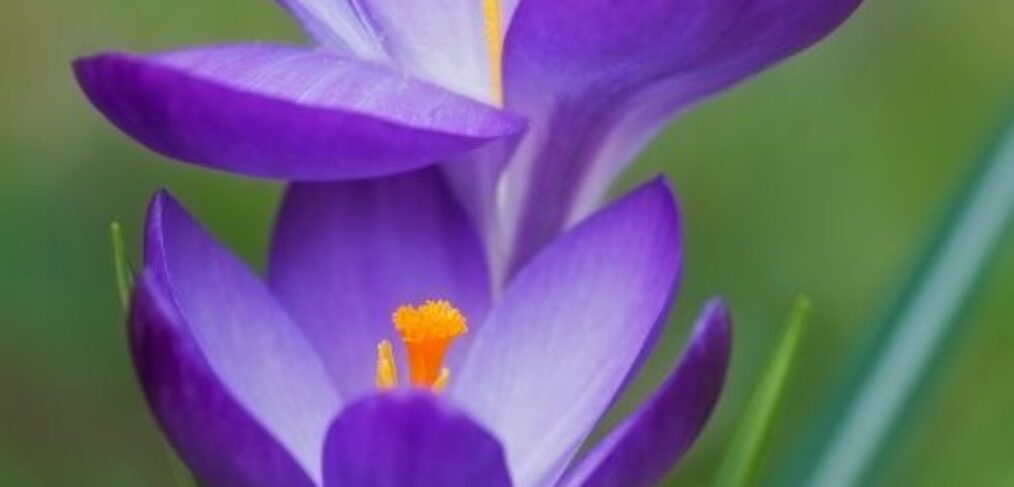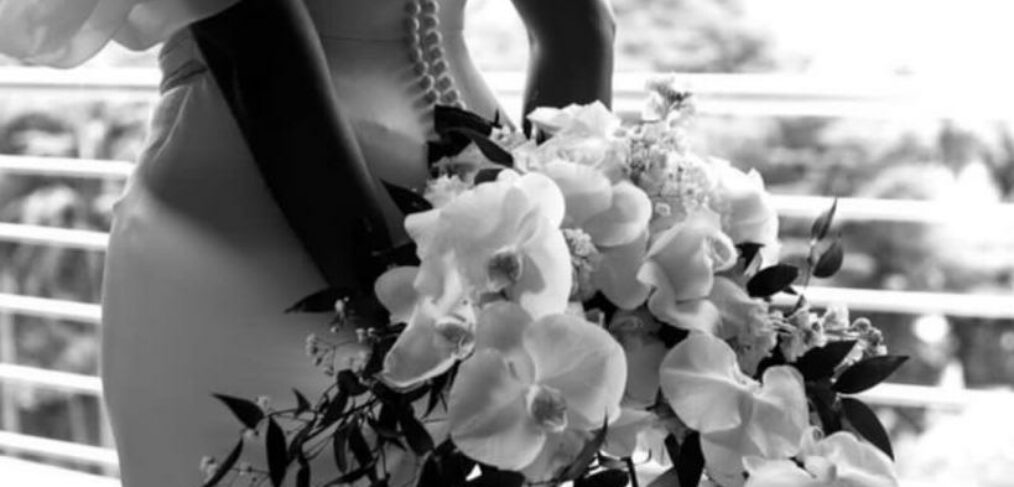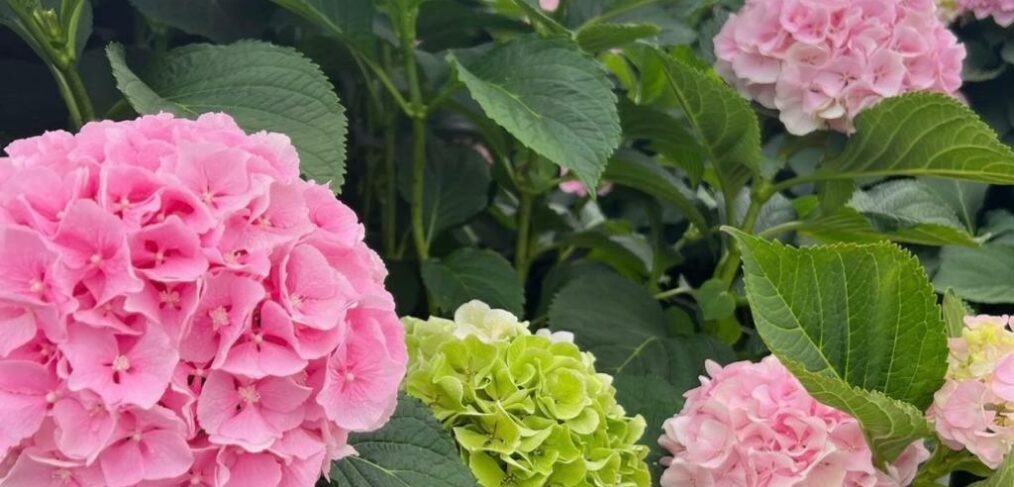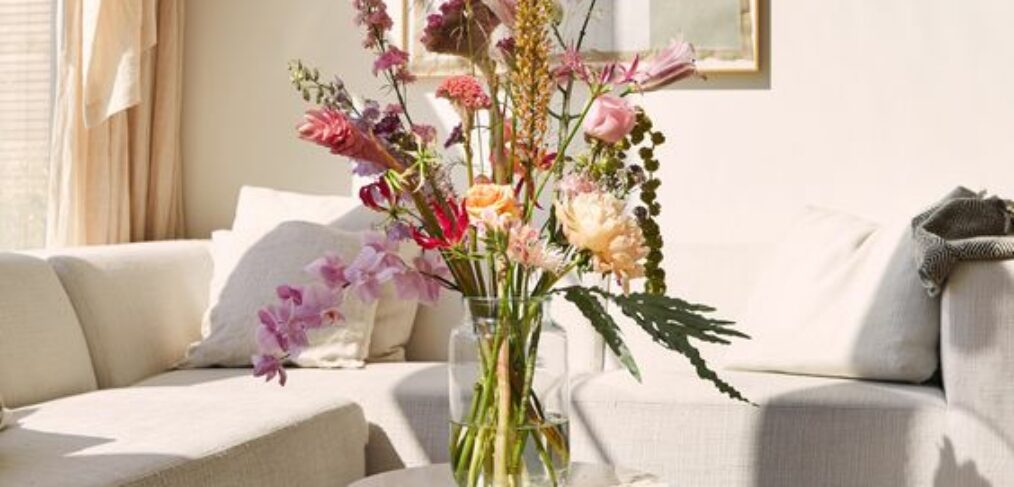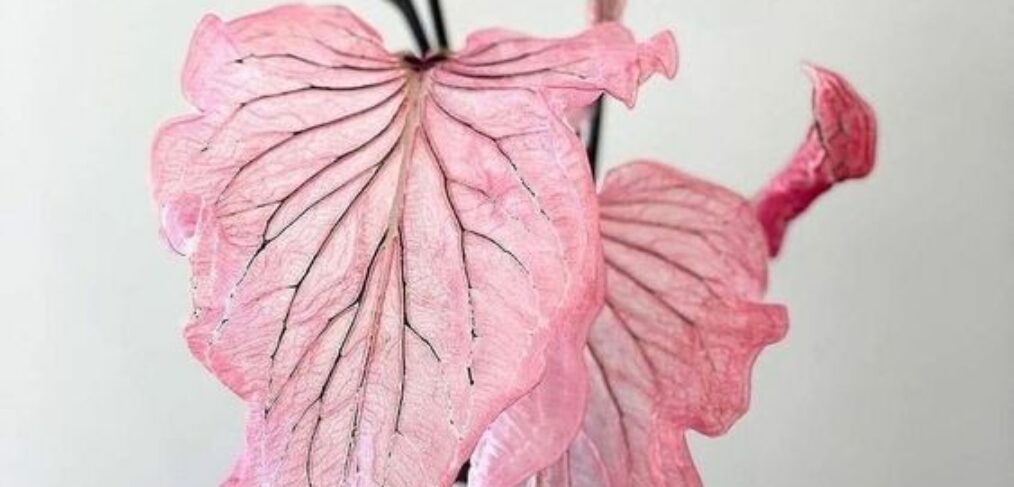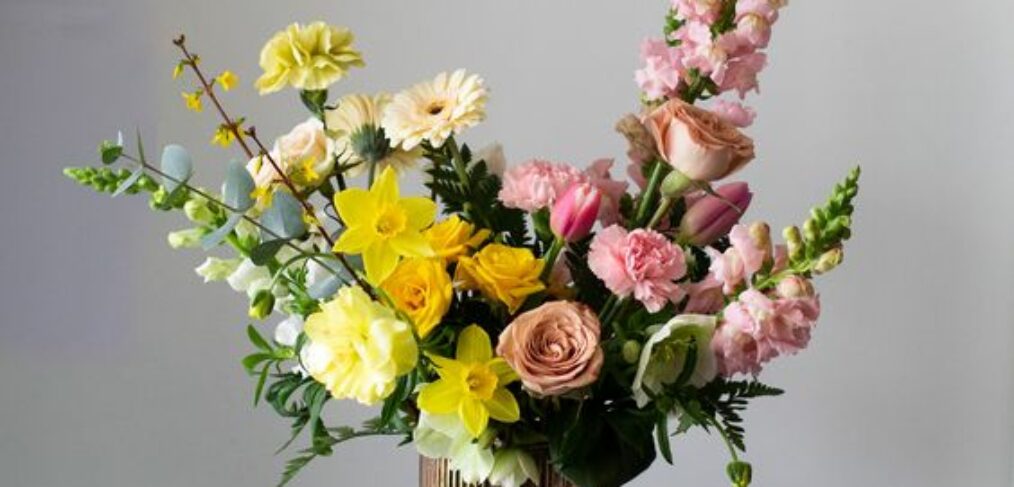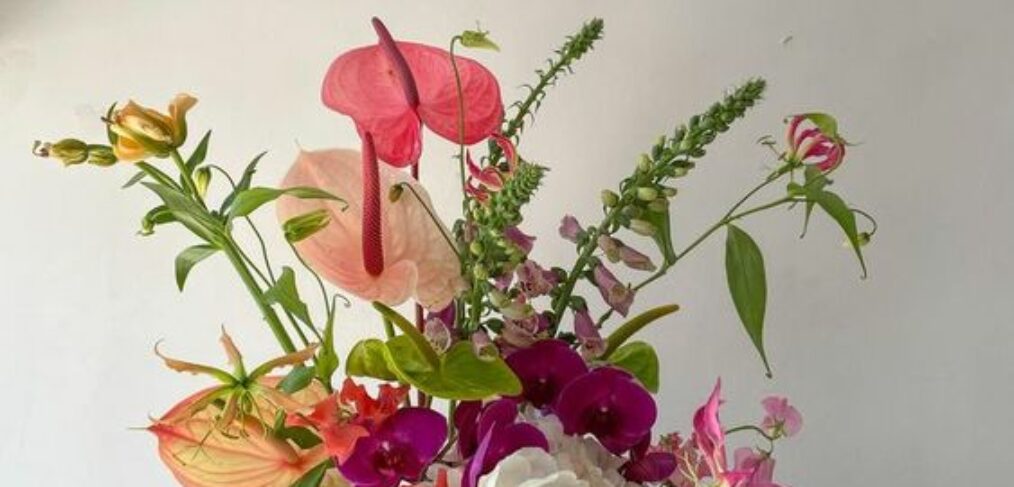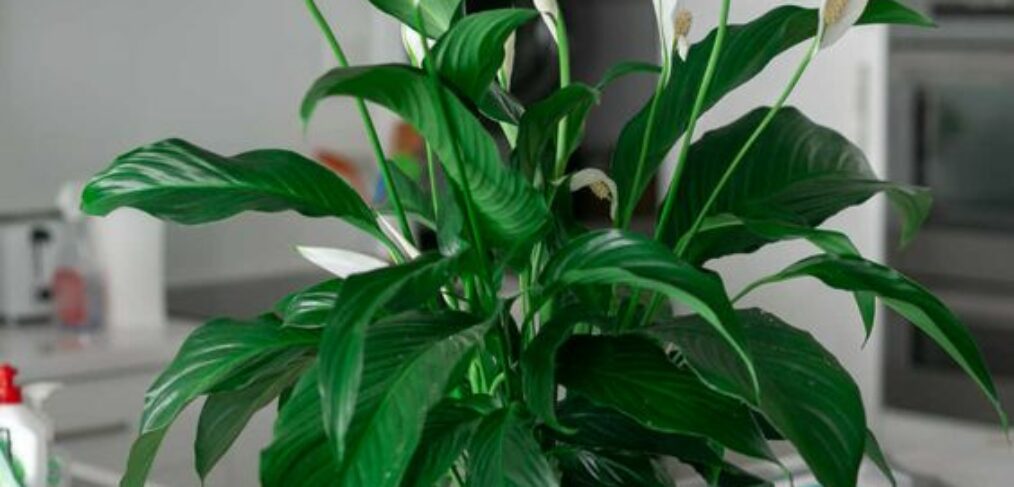In a world where fresh flowers are traditionally associated with females, it’s high time we shed light on the eight compelling reasons why fathers should also be adorned with the beauty and fragrance of flowers.
Let’s break free from stereotypes and celebrate the men who play a vital role in our lives with the elegance and charm of flowers!
Join us as we explore the sentimental, emotional, and even scientific reasons behind this overlooked tradition, and discover how a simple bouquet can convey gratitude, strengthen bonds, and bring a touch of nature into the lives of the unsung heroes we call dads.
- Equal recognition
- Emotional expression
- Symbol of appreciation
- Connection to nature
- Positive reinforcement
- Celebration of milestones
- Stress relief and well-being
- Tradition and sentiment
- Equal recognition: Giving fathers flowers is a way to promote equality and ensure that both parents are appreciated for their roles in the family. Just as mothers are often given flowers as a token of love and respect, fathers should be too.
- Emotional expression: Flowers are a beautiful and heartfelt way to express emotions. Giving flowers to a father is a meaningful gesture that can convey love, gratitude, and admiration, helping to strengthen the emotional bond between a child and their father.
- Symbol of appreciation: Flowers can be a symbol of appreciation for all that fathers do. They work hard to provide for their families, offer support, guidance, and love. Giving them flowers is a way to recognize and honor these efforts.
- Connection to nature: Flowers are a symbol of the beauty and diversity found in nature. By giving a father flowers, you can connect them to the natural world, which can be a source of peace, inspiration, and serenity.
- Positive reinforcement: Giving flowers to a father can serve as positive reinforcement for their actions, promoting a sense of satisfaction and accomplishment in their role as a parent.
- Celebration of milestones: Flowers can be given to fathers on various occasions, such as birthdays, Father’s Day, or anniversaries, to celebrate important milestones and show appreciation for their presence in your life.
- Stress relief and well-being: Research has shown that flowers can have a positive impact on mental well-being, reducing stress and anxiety. By giving flowers to a father, you can contribute to their overall health and happiness.
- Tradition and sentiment: Sometimes, traditions are worth breaking in the name of sentiment. By giving flowers to a father, you can create a new tradition or adapt an existing one to reflect your feelings of love and appreciation.
In summary, giving fathers flowers is a way to recognize their contributions, express love and gratitude, and promote equality in showing appreciation for both parents.
It’s a meaningful and thoughtful gesture that can help strengthen the bond between a child and their father.


